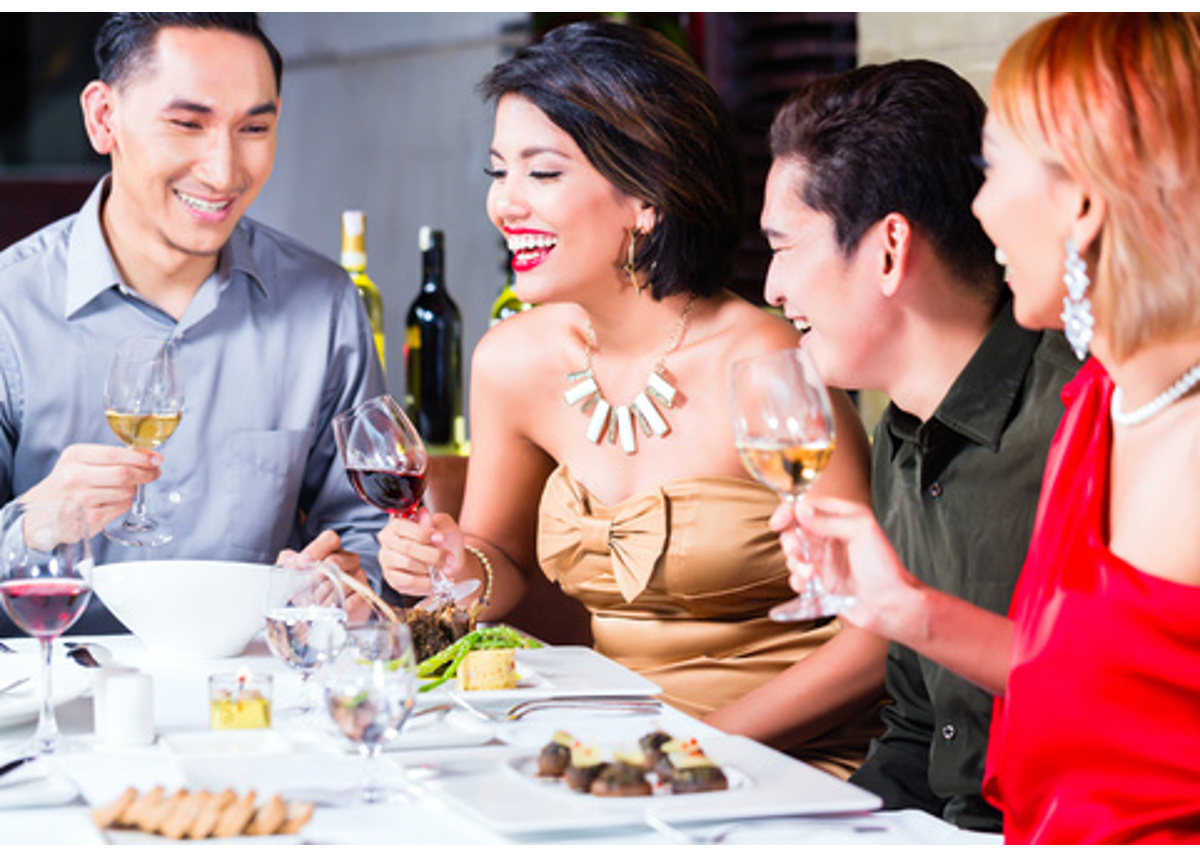In Singapore, significant changes happen so quickly that skyscrapers are erected or renovated long before you can finish your bowl of curry. Walking from neighbourhood to neighbourhood, there is minimal evidence of the country’s past. Through a tiring maze of schools, malls, and brightly painted apartment buildings, the country’s fascination lies in its outstanding ability to change.
As the sterility of recent structural improvement moves from town to town, Singapore’s food culture is undeniably rich. Arab Street, Chinatown, and Little India all infuse the somewhat contemporary infrastructure with aroma, spices, and colour. In every neighbourhood hawker centre, you just need to order a plate of noodles or opt for Tingkat catering in Singapore to realize that the country’s food culture might be stronger than concrete. According to experts, food culture and history are an indestructible aspect of topic and identity of pride for most Singaporeans.
The country’s position at the southern end of the Malay Peninsula has made Singapore a busy port in the world. It has infused the country’s culinary scene with flavours from the nearby countries. Chinese, Malaysian, Thai, Indian, British, and even Vietnamese influences are making Singapore a gastronome’s joy. In addition to premium tingkat catering in Singapore, here are other interesting food-related services and facts you should know.
Essential foods: Noodles, seafood, and rice
Many Asian cultures are noodle- or rice-focused. However, in Singapore, noodles, rice, and seafood are prevalent. Typically, noodles are served in soup or stir-fried. The Malay dishes are associated with fishy sambal, spicy, sour herbs, and complicated citrus flavours. Generally, their heat comes from a chilli paste that’s stirred into broth.
Other options include rice dishes which are majorly Indian or Chinese. Well, think a spiced biryani topped with chicken curry gravy. Note that rice can accompany nearly anything. In Singapore, rice dishes are just that: a dish not accompaniment.
Fruits and spices
Whether blended into juice, eaten straight or used as topping a shaved ice dessert, a variety of tropical fruit is an integral part of a Singaporean diet. Probably you have heard about the famous durian, which most people can’t get enough of.
Calamansi lime is another essential that makes its way into numerous dishes. Other common fruits include spiky rambutan, mangosteen, lychee, sweet logan, and more. Coconut, if not used for creaminess in a huge bowl of cendol or laska, is bought for its unique water. Note that Thai coconuts have sweeter water. However, the larger and majorly gree-skinned coconuts are associated with a nutty, sour flavour.
Ice cream sandwich
One of the common dishes sold by street vendors who operate carts on busy streets is wafer ice cream sandwiches. These carts are associated with varying flavours such as chocolate, vanilla, coffee, strawberry, sweet corn, durian, and coconut. Some vendors opt to sell their ice cream in cones or cups as it is the case in the western countries. The most popular variant is between wafers or even slices of bread.
Drinks and beverages
The most common drinks and beverages in Singapore include lemon barley, water chestnut, bandung (rose syrup mixed with evaporated milk), chin chow drink, and milo, malt/chocolate drink. Other common drinks include sugarcane juice (often blended from fresh sugarcane stalks) yuenyeung coffee, teh (tea), and beer.
Other popular dishes
Here are other vibrant Singaporean meals that you shouldn’t ignore, whether you live in Singapore or you are simply touring the country.
Bak kut teh: This is a specific Chinese soup prepared by simmering pork for several hours in broth filled with spicy herbs. You can enjoy a bow of this spicy pork soup during the wee hours of the night at a popular restaurant.
Pandan cake: It was recognized as the national cake of Singapore by CNN in 2017. This green, fluffy cake comes in different flavours that will leave your taste-buds asking for more.
Chilli crab: This is among the tastiest dishes globally and has found its way into the Singapore’s food scene. Your vacation in Singapore will not be complete unless you devour a stir-fried crab on spicy sauce.
Wrap up
Food, more than museums and historical monuments, is one of the most critical aspects of cultural identity and tourism in Singapore. You can get the best catering tingkat services and high-quality food everywhere – hawker centre, street food, and restaurants. Remember, the more explore and more you eat, the more mystified and charmed you will be by the outstanding Singaporean food culture. It has persisted through decades of structural and technological change.












